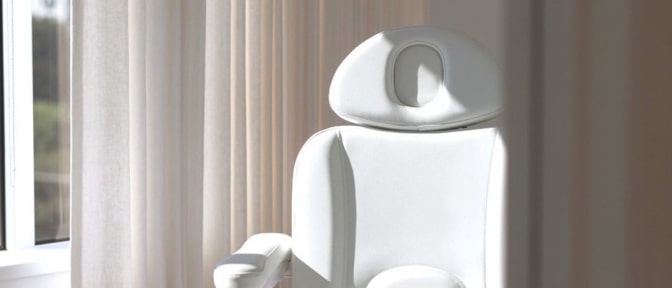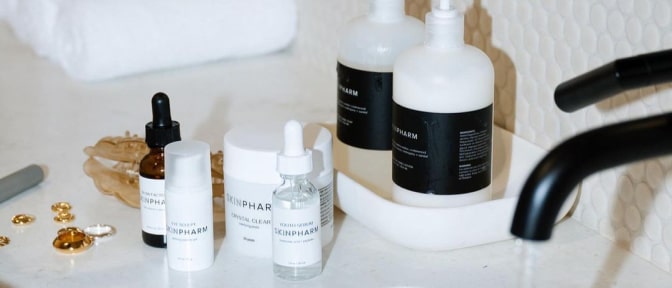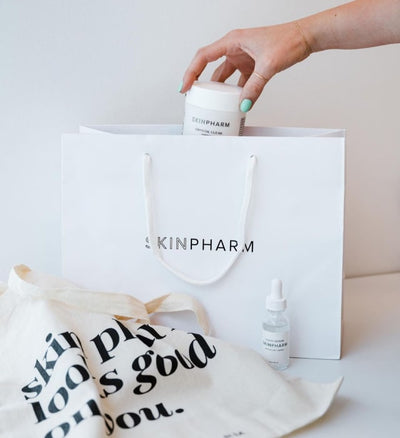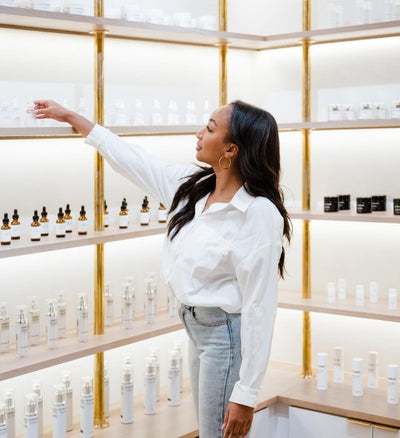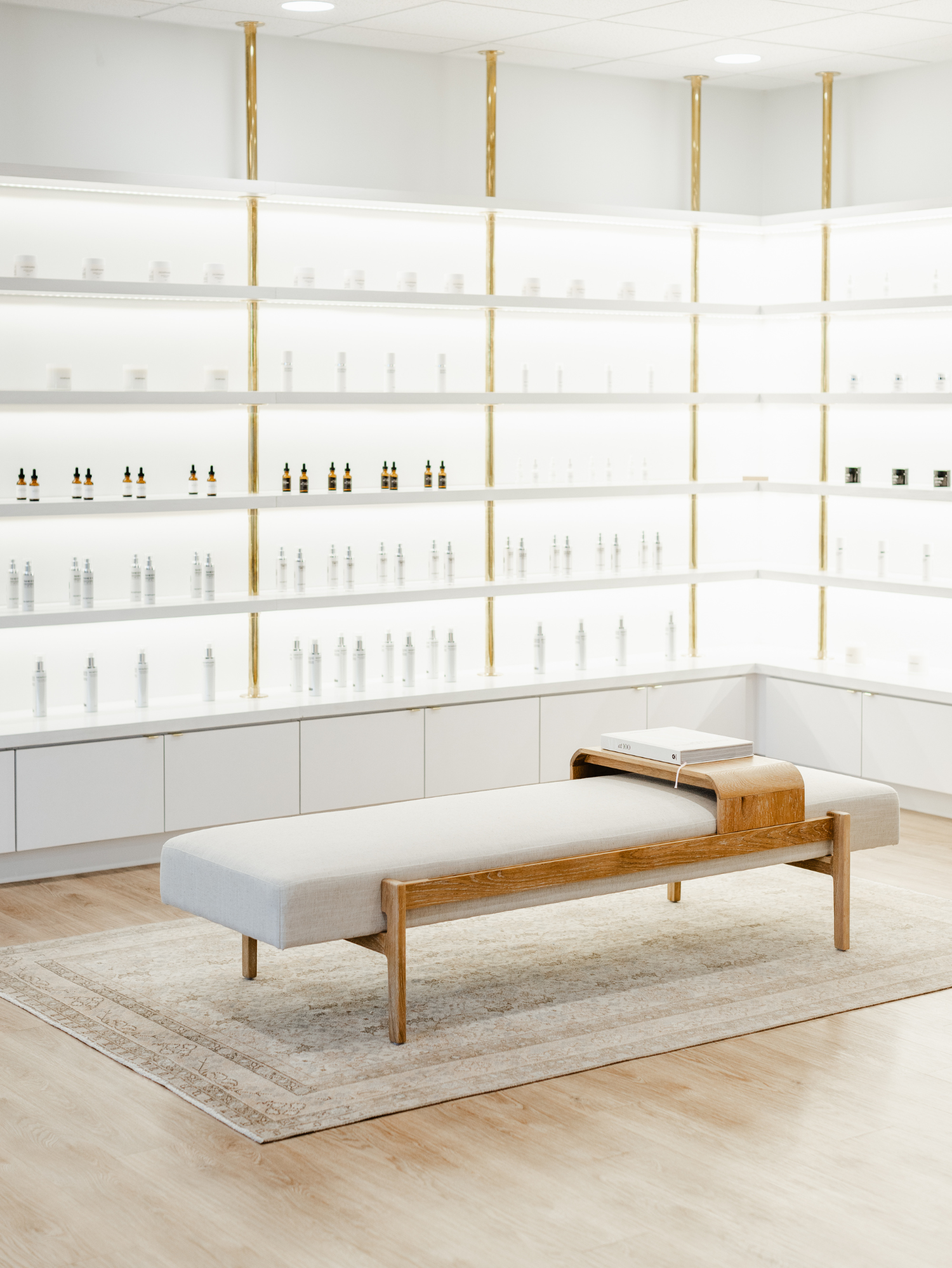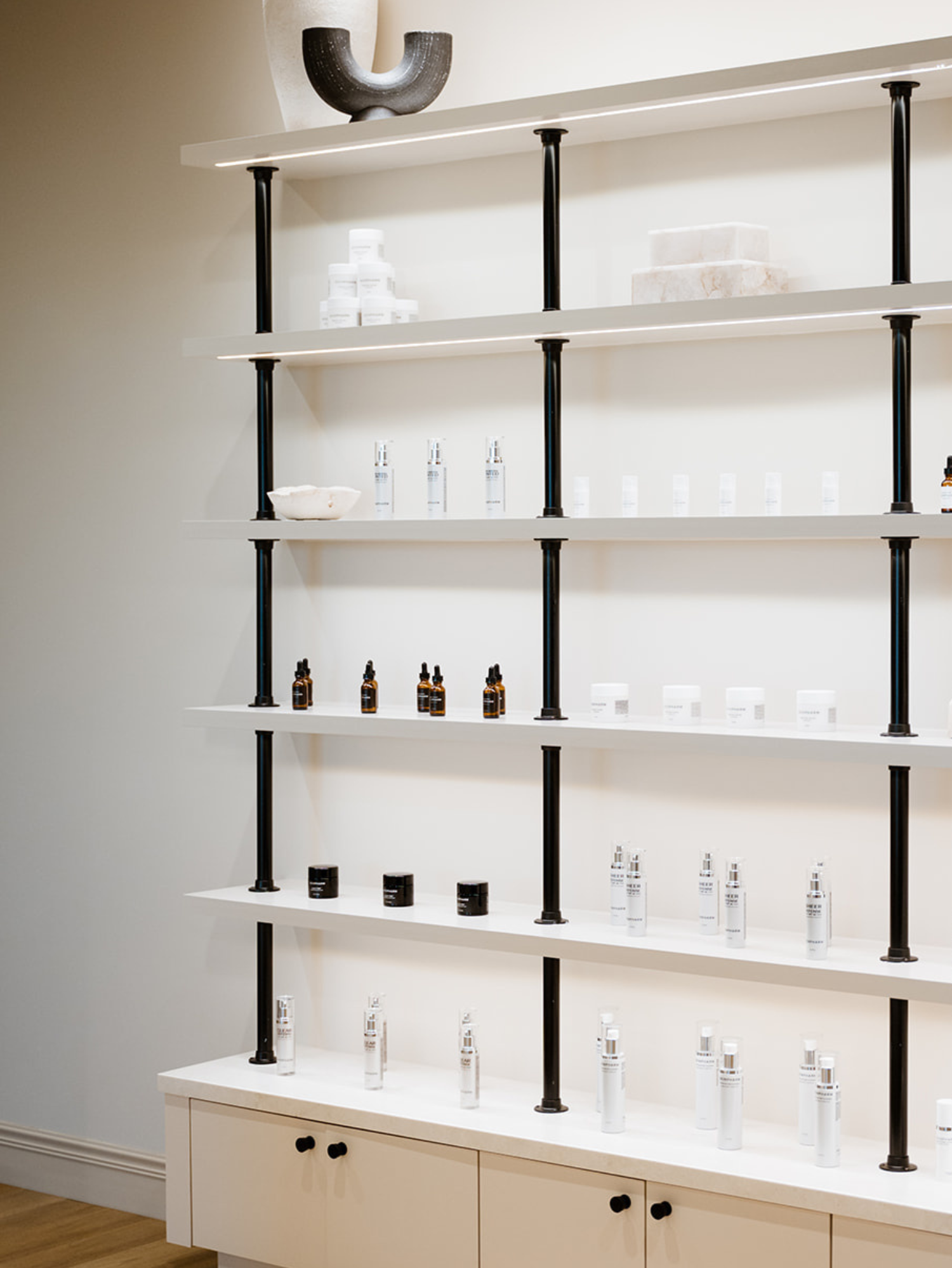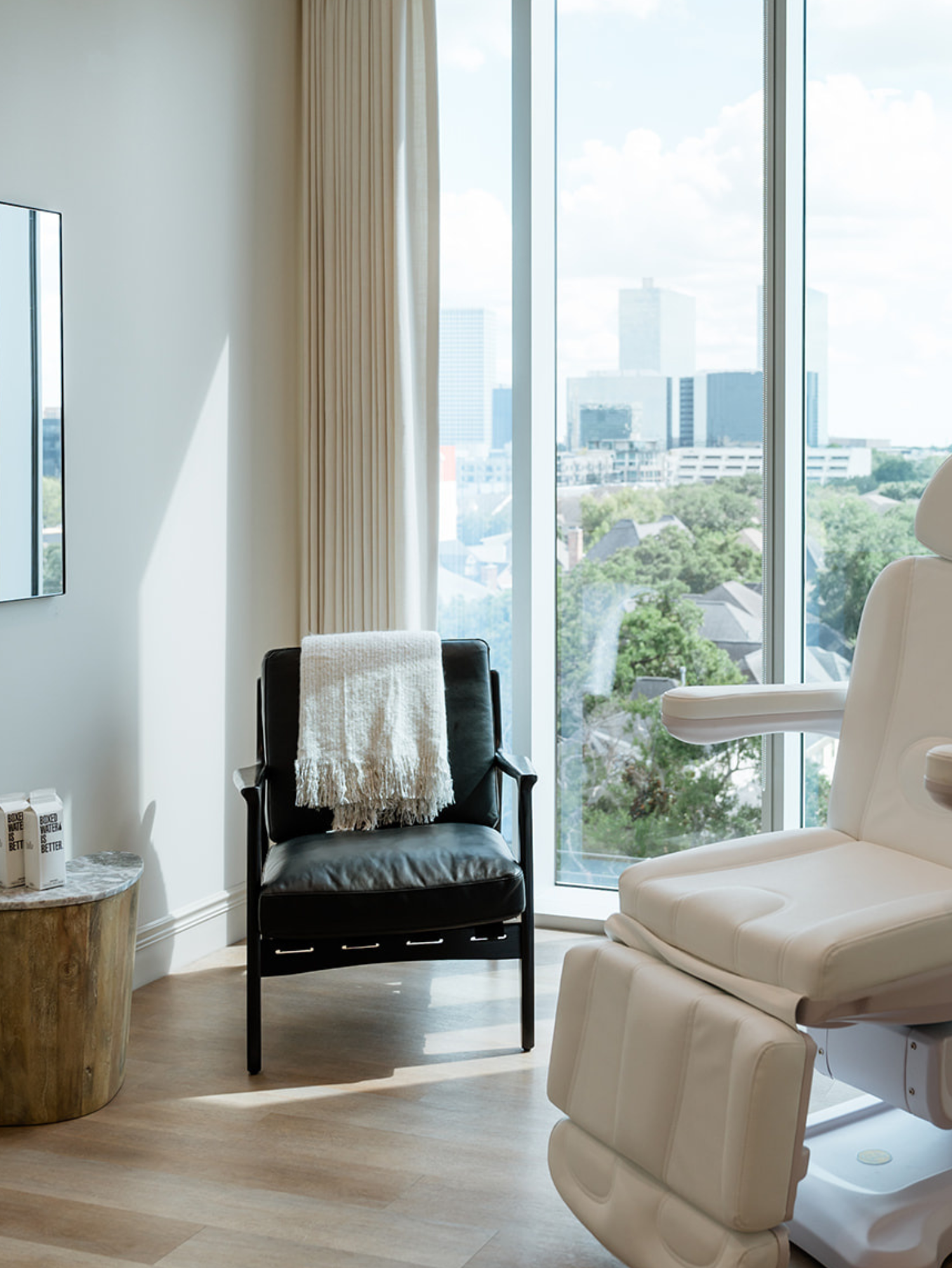Shop skin care
Clinics
VISIT OUR 9 CLINICS →
HOURS
Monday – Friday
9:30a – 5:30p
What Is SPF + Why Is It So Important?

SPF strength, “broad spectrum” and the rules of re-applying — we’re answering your sunscreen FAQs and sharing our top picks for daily wear.
We often can’t help the amount of sun exposure we get, and there’s no arguing that spending a day outside — especially on the beach — is one of the best parts of life.
However, it’s crucial that you take all of the necessary precautions to help keep your skin looking its best for as long as possible. Don’t let premature skin aging get you down. Prevention is key!
What does SPF mean?
You’ve seen the bottles lining the retail shelves, but what is SPF and what does it do for your skin?
SPF is short for sun protection factor, a way to measure how much UV radiation it takes to burn protected skin (when compared to unprotected skin). The higher the SPF, the longer it takes for the sun to create a sunburn.
Note that SPF numbers have nothing to do with the time it takes to get a sunburn. The intensity of the sun (and the amount of ultraviolet radiation it emits) can be vastly different at different times of the day — it’ll take longer for you to burn at nine in the morning than it will at one in the afternoon.
SPF 15 does not make you able to spend 15 times longer in the sun. It’s more about the level of protection you get from the sun’s rays and not a precise indicator of how long you can spend outdoors.
What number SPF should you use?
Although everyone’s skin is different and needs are individual, experts recommend you use SPF 30 or higher. Research has shown that SPF 30 provides 97% UVB protection. A higher SPF, like SPF 50, can take that as high as 98%.
No sunscreen, no matter how high the SPF, can give you 100% protection — not even SPF 100.
If you want to be precautious, choose a high SPF sunscreen for the best protection possible.
Does broad spectrum matter?
Another word to pay attention to on a sunscreen label is “broad spectrum.” There are two types of UV rays that travel from the sun to the earth — UVA rays and UVB rays.
UVA rays prematurely age the skin with chronic exposure, which is why they are sometimes referred to as aging rays. If you develop age-related fine lines, wrinkles or age spots, they are likely the result of UVA rays, which can even travel through window glass and reach the skin.
UVB rays have a more immediate impact, causing sunburns. Although they can’t penetrate through window glass, they can be very uncomfortable and lead to sun poisoning. UVB rays also play a crucial role in health risks later in life.
Broad spectrum protection ensures that your sunscreen protects you from both types of ultraviolet radiation and can reduce your risk of skin cancer due to chronic exposure.
Is there such a thing as waterproof sunscreen?
Some sunscreens market themselves as being waterproof, but the truth is that there is no such thing. Unfortunately, the idea of waterproof sunscreen can give you a false sense of security, especially if you spend a lot of time at the pool or beach.
What you want to look for are water-resistant sunscreens. While they won’t wholly repel water from the skin's surface and will eventually need to be reapplied, they give you more protection than those that immediately dissolve.
How often should you reapply?
As wonderful as it would be to have one round of sunscreen work all day, it’s crucial that you reapply as necessary. If you’re spending significant time outdoors, the best practice is to reapply sunscreen at least every two hours. If you’re sweating a lot, swimming or just spending time on a boat, you’ll want to reapply even sooner.
When you reapply, make sure that you use enough sunscreen to keep you safe. Many people underapply their sunscreen, leaving them not as protected from the sun’s rays as they could be. You should use at least one ounce of sunscreen (enough to fill a single shot glass) to cover your entire body.
Don’t forget the smaller areas, too — the tops of your feet, ears and neck. A lip balm with SPF can also keep your lips from burning. Remember, if it has skin and the sun can reach it, it can burn!
What else should I look for in a sunscreen?
While you need your sunscreen to offer you broad spectrum protection, have an SPF of at least 30 and be water-resistant, there are a few other components dermatologists recommend that you consider.
For instance, we’ve all used those heavy, greasy sunscreens before. While they may do the job and protect you from skin damage, the best sunscreens go one step further. Choosing a sunscreen made by dermatologists can give you that same protection without being as hard on the skin. Choosing a sunscreen that won’t clog the skin, especially if you have a naturally oilier skin type, is crucial.
The active ingredients in your sunscreen can make a difference, too. Mineral sunscreens tend to be safer and less carcinogenic, especially those in lotion form. If possible, avoid spray or powder sunscreen products, as inhaling certain chemicals may be harmful.
Here are a few of the sunscreens we offer at Skin Pharm:
- Sheer Defense SPF (a tinted moisturizer with hyaluronic acid and niacinamide)
- Beach Body SPF (a broad-spectrum sunscreen that is also lightweight and water-resistant)
- 100% Mineral Tinted sunscreen (both moisturizing and with enough coverage to be worn alone or under makeup)
- Clear Defense SPF (a colorless sunscreen that also helps to moisturize the skin)
To sum things up...
What is SPF? A sunscreen’s SPF rating can tell you a lot about how long you can stay safe from sun damage, but it isn’t the only factor that matters.
The best sunscreen also offers broad-spectrum protection and is water-resistant, although you should always reapply frequently and wear protective clothing when possible. Follow us at Skin Pharm for more skin care tips!
SOURCES:
